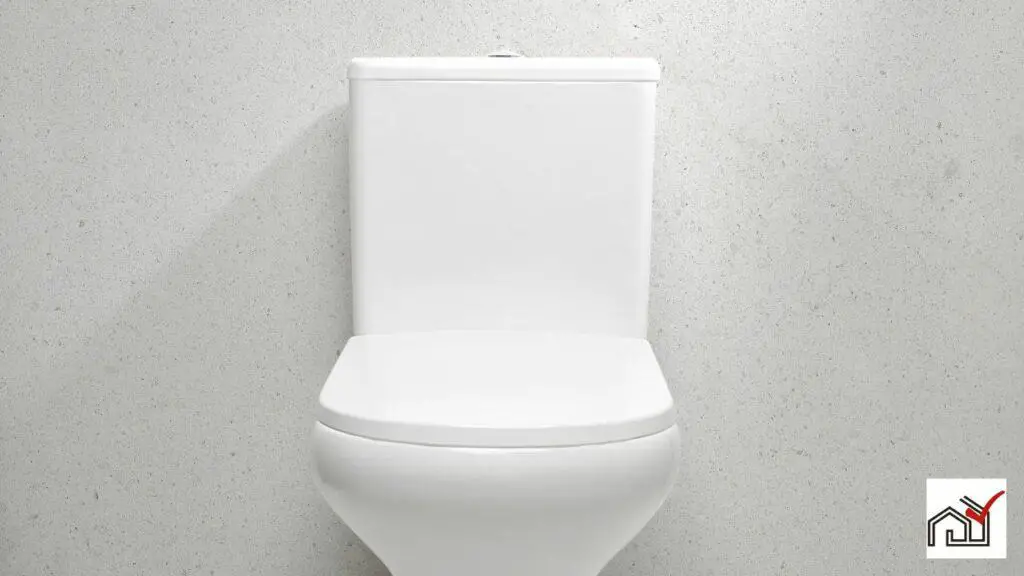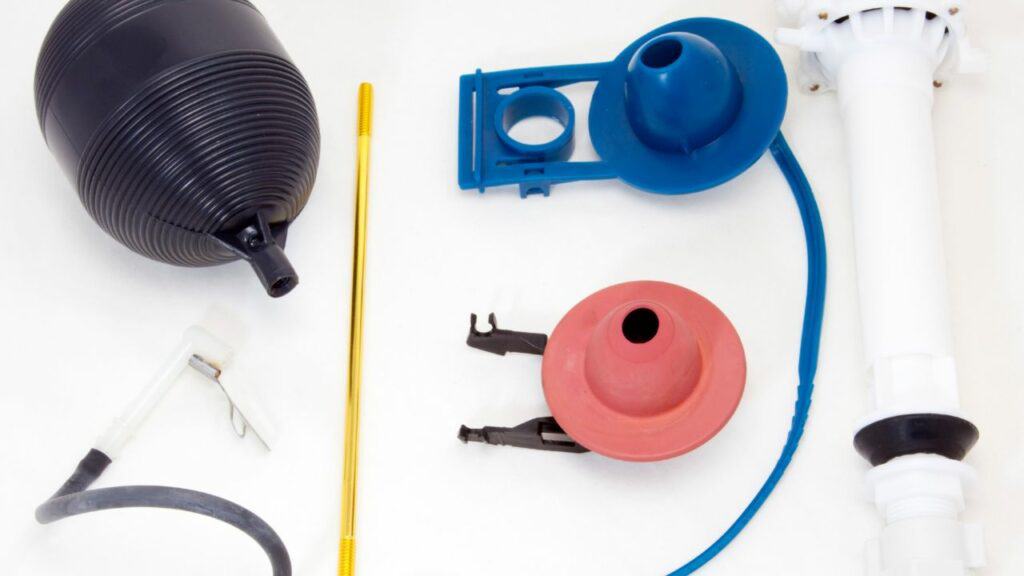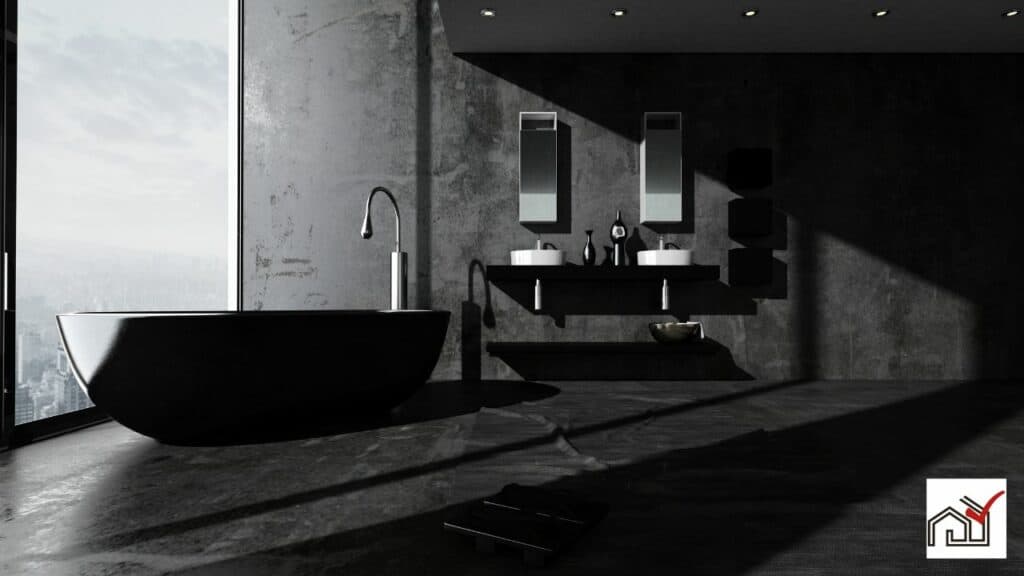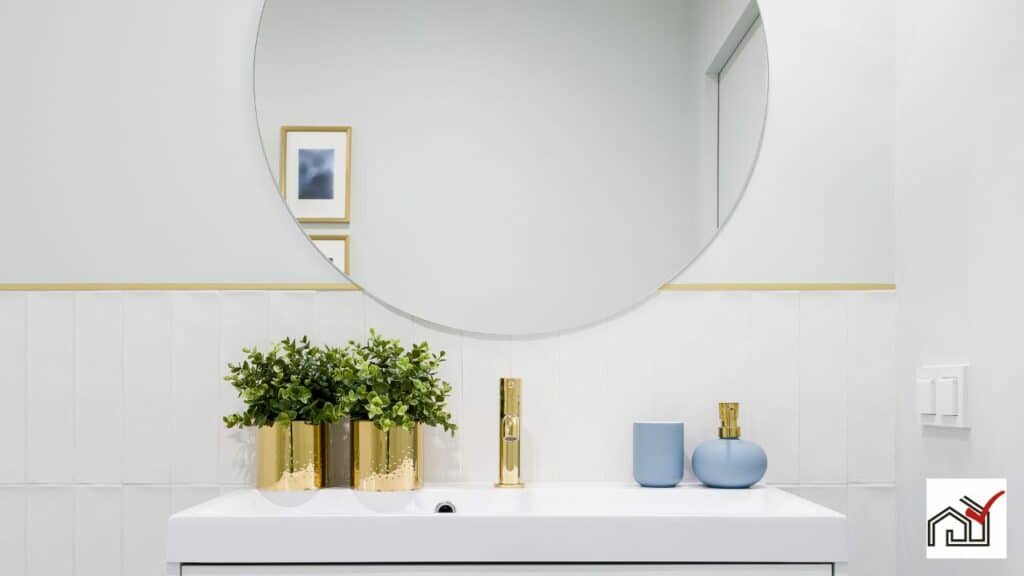When buying a new toilet, it's important to know that toilets may or may not come with seats. The inclusion of a toilet seat depends on the brand and model. Some brands include seats with their toilets for customer convenience, while others sell them separately, giving buyers the option to choose a seat that meets their preferences for comfort and style.
Always check what's included in your toilet purchase to prevent any surprises regarding the absence of a seat. This information will help you understand how to match toilets with the right seats and how to install them correctly.
Understanding Toilet Packages
The inclusion of a toilet seat in a new toilet purchase affects the package by offering convenience and ensuring compatibility. If a toilet seat is included, it simplifies installation and guarantees the seat fits properly, whether the toilet is elongated or round. Without a seat, buyers must find one that matches their toilet model.
Some manufacturers, like TOTO and Swiss Madison, provide seats designed for their toilets, which helps customers find a perfect match. Other brands, such as American Standard and Kohler, sell toilets without seats, giving customers the choice to pick a seat with specific features, materials, or additional functions like bidets or soft-close hinges, based on personal preference.
The shape of the toilet seat, either round or elongated, is important for comfort, with elongated seats often being more comfortable due to increased surface area. The seat must match the toilet bowl shape for a correct fit.
Toilet height, like Comfort Height models, also affects seat selection. A seat that complements the toilet's height and shape can improve comfort and accessibility.
While a toilet seat's inclusion is convenient, choosing a seat separately allows for customization to personal comfort and style preferences.
Seat-Included Toilet Brands
Brands such as TOTO and Swiss Madison provide toilets with included seats, offering a complete solution for bathroom installations. TOTO's Eco Ultramax and Swiss Madison's Ivy Dual Flush are examples of such toilets, featuring integrated seats that align with the design and function of the toilet.
Choosing a toilet with an included seat ensures a proper fit and a unified look, eliminating the need to buy a separate seat. This is convenient for those who prioritize a cohesive bathroom design and ease of installation.
However, for those seeking additional features, the standard seats on these toilets can be replaced with advanced options such as bidet toilet seats with heating, deodorizers, or integrated bidets. This flexibility allows for customization after the initial purchase.
Toilet Seat Compatibility
Toilet seats must match the shape and size of the toilet bowl for proper fit and function. Not all seats fit all toilets due to different bowl shapes, with round and elongated being the most common.
To ensure a seat fits your toilet, measure the distance between the seat bolts, which is usually 5.5 inches. For elongated seats, measure from the bolt center to the bowl front, approximately 18.5 inches, and for round seats, measure about 16.5 inches.
Also, measure the bowl's widest point for the seat width. Universal seats may fit many standard toilets, but some brands or models need specific seats.
For accurate compatibility, consult the manufacturer or product specifications to avoid buying a seat that won't fit properly. Correct measurements and knowledge of your toilet's design are key to finding a suitable seat.
Separate Toilet Seat Purchases
Toilets may be sold without seats, prompting customers to buy a separate seat that suits their needs. It is important to check if a toilet comes with a seat when purchasing. Brands like American Standard and Kohler often sell toilets without seats, requiring an additional purchase for customization, such as higher quality or specialized features.
Installing a separate toilet seat can enhance the bathroom experience with options like padded or heated seats. It's essential to ensure the seat fits the toilet type, whether it is round or elongated, and to measure the toilet for compatibility.
When buying a toilet seat separately, consider that features vary. Seats with increased durability or amenities like soft-close hinges may be available. A separate seat purchase also allows for easy replacement in the future. Confirm that the seat is compatible with the toilet's design and size to prevent any issues.
Toilet Seat Types Explained
Toilet seats differ in shape, material, and features to suit various preferences and bathroom styles. When choosing a seat, ensure it fits your toilet. Elongated seats fit oval-shaped bowls for comfort, while round bowls require round seats. The decision often depends on bathroom size and desired appearance.
Toilet seats are made from materials like plastic, wood, or composites. Plastic seats are affordable and can have a modern design, whereas wood seats provide a classic look and warmth.
Additional features include slow-close hinges to stop the seat from slamming, heating for comfort, and bidet functions for cleaning. These options increase comfort and can make the bathroom more luxurious.
Before buying a seat, measure your toilet from the floor to the bowl's top for the right size. Understanding the types of toilet seats helps you choose one that meets your needs and personal style, whether you prefer simplicity or advanced features.
Measuring for the Perfect Fit
To ensure a toilet seat fits properly, accurate measurements are essential. Start with the rough-in measurement, the distance from the wall to the center of the drainpipe or bolts. This determines the toilet size for the space, especially important in small bathrooms.
Next, measure the distance from the rear bolt holes to the wall for side-to-side clearance. Also, measure from the flange bolts to check for any interference with bathroom fixtures. Toilet measurements vary by design, so complete measurements are critical for good flushing performance and installation.
Consider the toilet height from the floor to the top of the seat, as this affects comfort and accessibility. The toilet bowl's length is also important to ensure the seat fits well and matches the toilet's design.
Installation and Replacement Tips
To install or replace a toilet seat correctly, follow these steps:
- Remove the old seat and clean the bolt holes to prevent instability.
- Measure from the wall to the rear bolt holes to confirm the rough-in size matches the new seat.
- Choose a seat that fits the bowl's shape and size.
- Align the new seat and insert bolts, hand-tightening the nuts underneath without over-tightening to avoid damaging the ceramic.
- For additional features like slow-close or heating, refer to the manufacturer's guidelines.
When replacing a toilet, note that newer models may use significantly less water per flush and can have different heights. Choose a seat that accommodates these features.
Enhancing Comfort and Style
Choosing the right toilet seat is important for comfort and the bathroom's aesthetic. Modern toilet seats offer features like heating, which provides warmth and eliminates the discomfort of cold surfaces. They may also have warm water streams for gentle cleansing and reduce the need for toilet paper, which is environmentally friendly. An air dryer can be included for a hygienic way to dry off.
The style of the toilet seat affects the bathroom's appearance. Options range from modern to traditional designs, and materials like plastic, wood, or composites can match the decor. Seats must fit the shape of the bowl, whether elongated or round, to function properly.
A well-selected toilet seat enhances both comfort and the bathroom's look, ensuring the space is cohesive and functional. Homeowners should consider their needs and the bathroom's design when choosing a toilet seat.




